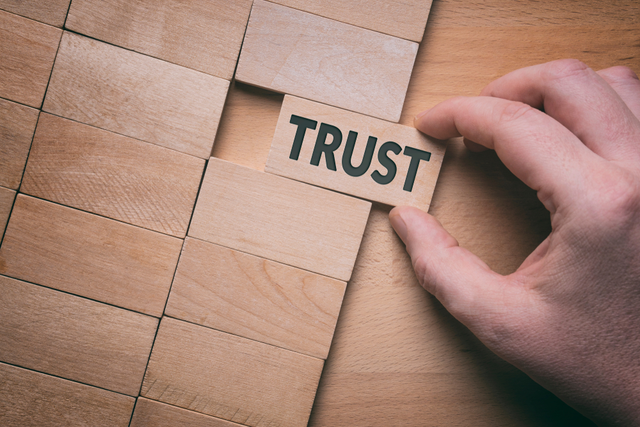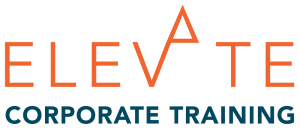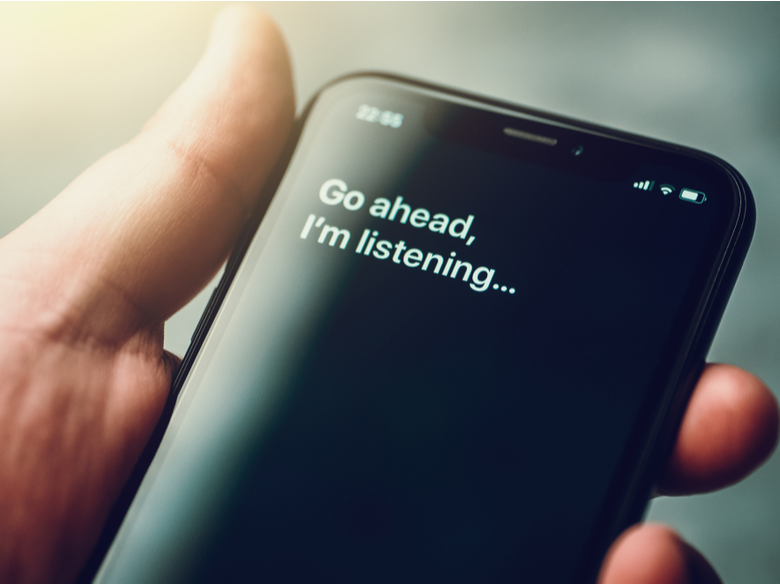Have you ever left a meeting with a potential customer thinking you crushed it only to find out later that you didn’t get the sale? It happens to many of us.
Often, it’s because you lose control of the meeting.
Cameron Elliott, Founder and Consultant at Elevate Corporate Training, tells this story. He was working with a client who was known for being a bully. Cam thought the best approach was to match his tone.
He was selling online advertising space and he would tell Cam that digital advertising didn’t work. Cam’s reply was to supply statistics proving he was right and that digital ads did work. One day, however, he decided to try a different approach: listening better.
So, the next time the client started ranting, Cam didn’t respond. He listened and let the client keep going. He asked about the client’s opinions and how he arrived at them. The more the client talked and the more Cam listened, something interesting happened. The client’s tone softened. By really listening, Cam came to an important realisation. The client wasn’t angry, he was scared.
The real problem was that the client felt out of his depth. The client had run a successful business for years but was struggling with staying current as marketing changed and evolved.
Recognising the issue and discussing it calmly changed the relationship forever. By listening, the client trusted Cam more. He became a customer and Cam was able to help the client stay relevant in a pivotal time of change.
The relationship changed by using active listening skills.
What Is Active Listening?
Active listening is the ability to focus completely on the person you are talking to. Hearing both what they say and how they are saying it, with the goal of trying to understand their message, comprehend the intent behind the message, and respond thoughtfully.
This is different from passive listening, which is more about hearing someone talk and figuring out what to say next, whether you retain the information or not.
Many salespeople think active listening is demonstrating signs of engagement: nodding, smiling, or repeating back what you heard. While these may be part of active listening, they’re not the most important part. You can do all of these things while thinking about something else.
Active listening requires you to listen with the intent of understanding.
When you’re talking with a client, you’re often thinking about the next point you want to make. You want to sound smart or clever. At the very least, you don’t want to sound like you’re at a loss for words or say something less-than-smart. So, we’re thinking more about how we want to respond rather than listening to what the client is really saying.
Rather than listening with the intent to understand, we are listening with the intent to respond.
Active listening is a skill and it can be learned. Sales training can help.
How Can You Improve Your Active Listening Skills?

Most salespeople have the gift of gab. They’re able to talk to anyone and they enjoy engaging and talking to people. While that can open doors, it can also be a drawback if talking gets in the way of listening.
- Get them talking more
Want to improve your active listening skills? Start by listening more and talking less. Ask questions that require responses and then ask clarifying questions to make sure you understand what they are really saying. - Stay Focused on them
It’s easy to let your mind wander or think about the next things you want to say. After you’ve done your sales presentation a few times, it can also be easy to breeze through it without stopping to pause and get feedback. Active listening is more about having a conversation and listening. Maintain eye contact and don’t be afraid to ask for clarification — especially if you don’t understand something. - Avoid interrupting
Pause before answering to make sure your customer is really done with their thoughts. It’s tempting to jump right in and counter an argument or finish someone else’s sentence, - Repeat and rephrase
When your customer shares an important piece of information, concern, need, or objection, it’s important to acknowledge it and show you understand. You can do this by paraphrasing what they said and getting an agreement.
How Does Active Listening Help You Close More Deals?
Active listening helps you put the customer’s concerns at the centre of your sales efforts. Here are seven reasons why that helps you close more deals.
1. Builds rapport
As sellers become more focused on technology, processes, and automation to close deals faster, it’s easy to forget the importance of making a connection with someone and building a rapport. Active listening does that. It demonstrates to customers that you really care about their goals and concerns and not just selling them products or services.
When you practice active listening, you pick up the more subtle signals which may help you understand what a client really needs to help frame the conversation rather than delivering a generic sales presentation.
2. Builds trust

Active listening also helps build trust, which is essential to building relationships and closing deals. By taking the time to understand the client’s concerns, you are giving them your undivided attention and making them feel heard and respected. Because you are answering their concerns directly and discussing them openly and honestly, you have a greater opportunity to build trust.
3. Saves time
You can shorten the sales cycle, or at least the time it takes to close. With active listening, you can more quickly determine whether your product or service is the right fit. If it’s not the right fit, you can stop spending time and move to another prospect. If there is a good fit, active listening can help you more quickly zero in on the client’s needs and how your solution solves their specific problems.
4. Uncovers true objections
Experienced salespeople know that to close deals, you have to be able to respond to customer objections. Often, it takes active listening to uncover the real objection behind what they are saying. Just as in Cam’s story, what you hear may not be the real objection.
5. Avoids miscommunication
With active listening, you are constantly testing what you hear to make sure you have a clear understanding of what’s being said. By summarising the key points, you give the customer a chance to clarify anything that you are misinterpreting. This helps make sure you are both on the same page as you move deals along.
6. Improves win rates
The folks at HubSpot tracked more than 25,000 sales conversations and analysed what happened, mapping the calls to sales outcomes such as win rates, sales cycles, and overall revenue. Here’s what they found: the average B2B salesperson talked 65%-75% of the time, leaving prospects little time to talk.
Sound familiar?
What they also found is that the top closer spent the least time talking and the most time listening compared to the group as a whole. Increasing the time prospects talked from 22% to 33% significantly increased win rates.
The best performances came when salespeople truly engaged with their clients and let the client do the majority of the talking.
7. Improve engagement

Have you ever sat through a slide deck and thought when is this going to end? So do your customers. Slide decks can be an important tool, but active listening requires dialogue and not a monologue. Make sure you are making your presentation interactive. This doesn’t mean just letting the customer know it’s OK to ask questions, but regularly interrupting your presentation to get your customer’s thoughts.
When you improve engagement, you increase your odds of focusing your presentation and closing more deals.
8. Establishes you as a problem solver
Nobody really likes to be sold. They do, however, like to buy. Buying puts them in control. Active listening does that, too. When you are listening, you are uncovering what’s important to your customers and helping create solutions to their problems.
Rather than a sales pitch, active listening turns a sales call into a more collaborative and personal experience.
Active Listening Is More Important than Ever
Active listening is even more important now that so many sales conversations are happening remotely. It’s much easier to miss the subtle or non-verbal clues, especially if you’re moving through a sales desk or you’re not able to look prospects in the eye.
No matter how you are engaging with customers, however, active listening and connecting in a positive and empathetic way shows you care about your customer’s concerns and that you’re paying attention.
Just as you have your goals, so do customers. They want to be heard. When you allow them to talk — and you really listen — everybody wins.





